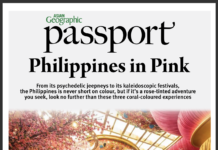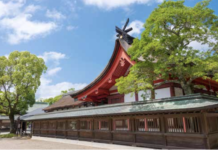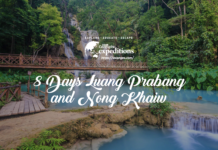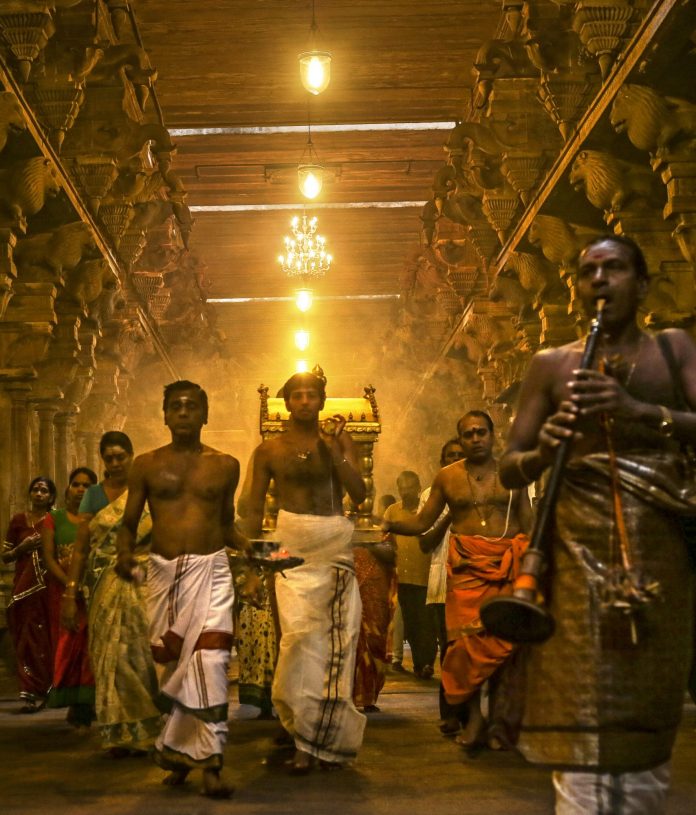
Colombo – a tribute
Text Channa Daswatte
Although I was born in this coastal city, as a child growing up in the interior, Colombo was a place we came to for family weddings or for the annual treat of selecting Christmas presents at the old department stores – when they were still such. In the last 30 years though, since I took up more or less permanent residence in Colombo, the city has grown up, and sometimes I like to think, with me. The commercial capital of Sri Lanka, and by far the biggest city, Colombo is in fact many small towns (including the official legislative capital, Sri Jayawardenepura Kotte), now coalesced into a large urban conglomeration of some 4.5 million inhabitants.
Colombo is a city of history. Even in the all-engulfing, bustling trading centre that is Pettah, unique architectural features such as colonnaded verandas can be found, though they are fast disappearing. One house survived by being a seminary for the longest time, and it is now the magnificent Dutch Museum, with its stately columns clearly distinguishable from the medley of frantic construction around it.
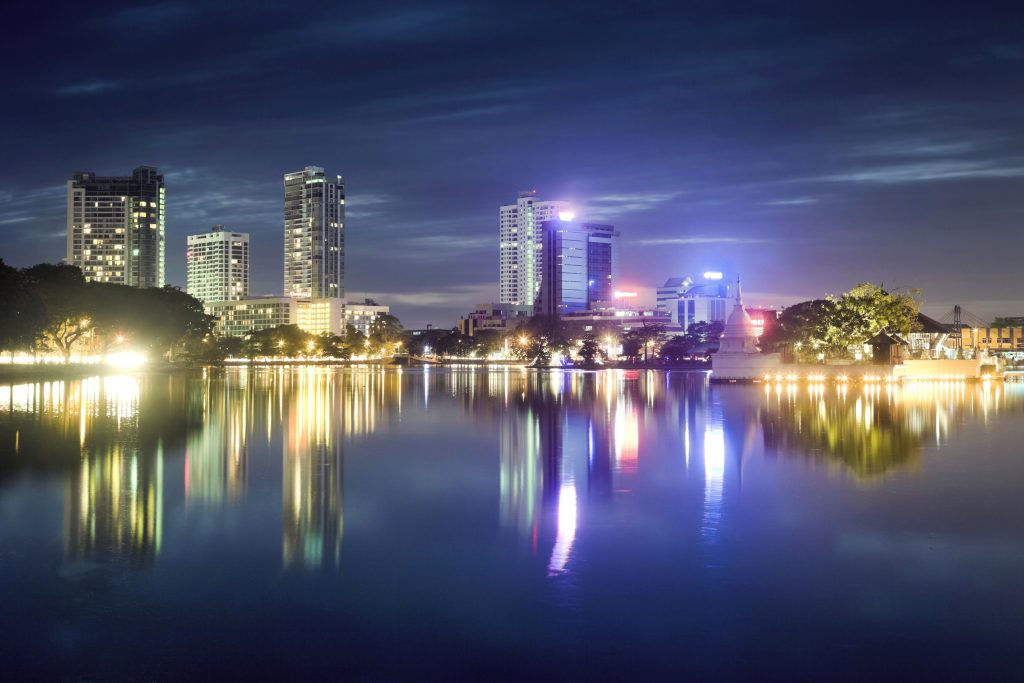
The cosmopolitan nature of this trading centre as befits an age-old port is clearly visible in Pettah. While ethnic differences on the street have somehow been erased by modern clothing habits, they continue to be marked by the buildings and places of worship sitting cheek by jowl with one another. An architectural gem is the Red Masjid with its red-and-white brick construction from the 19th century. A stone’s throw from the mosque are the Kathiresan Temple on Sea Street, overrun with jewellers’ stores (the main business of the descendants of the Hindu Chetty merchants), and Ramanathan Temple, built in solid granite in the early 20th century in the style of the great Rameswaram Temple in South India. Nearby is the classically designed St Anthony’s Church, which everyone visits, regardless of faith.
While two other Christian denominations once dominated Sri Lanka, it appears the Portuguese were the most successful, perhaps because with incense and lamps, saints and virgins, Catholicism was closest in its practices to the local religions. St. Lucia’s Cathedral sits in splendour on a square reminiscent of Goa or Rome, while St. James’ Church, further north on a hill, conveys the intensity of the faith in this part of Colombo, which is now shared with a growing Muslim population. A number of newly built modern mosques can be seen in this heavily built-up and populated part of the city. One of the few remnants of the old elegant suburb is seen in the Whist Bungalow, now conserved and used as a community party hall, which overlooks a grand sweeping view over the river mouth.
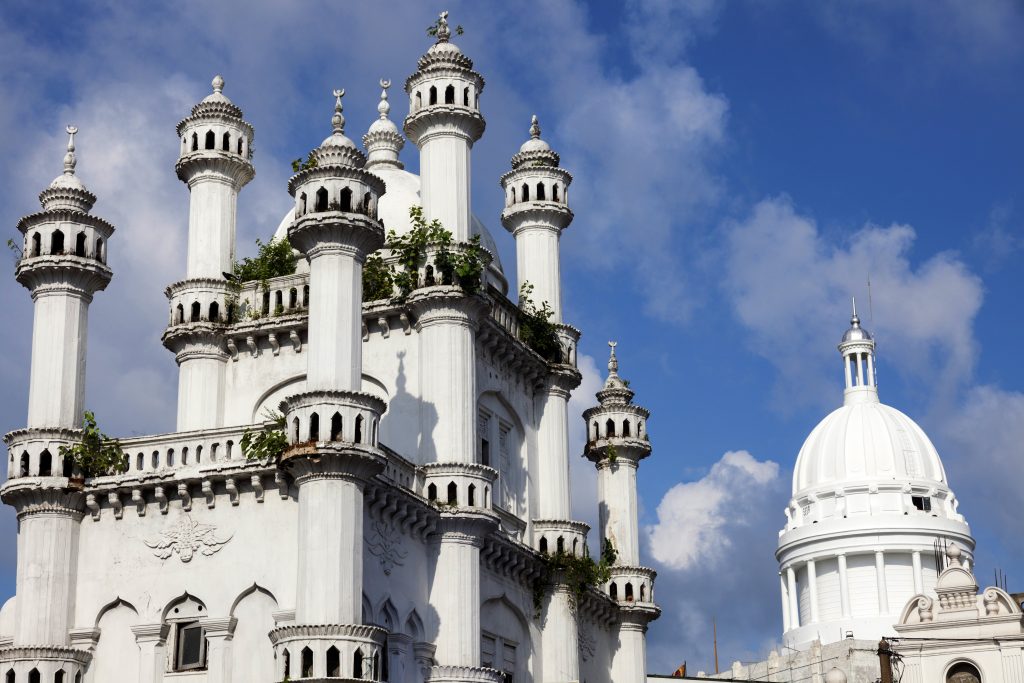
The eastern edge of Colombo was always defined by Baseline Road, so named, the story goes, because it was used as the baseline for the survey of Ceylon. The cemetery and the golf course just beyond were as far as most residents of Colombo ever got. Beyond this was, for all intents and purposes, wilderness.
Even today, many think of it that way, even after the National Parliament and official administrative capital were moved to a new city here, built on reclaimed land. This new city, Sri Jayawardenapura Kotte, is centred on a lake formed by dredging the marshlands that protected the site of the 14th-century city of the same name. The ancient city was described in poetry as “a city that by its teeming opulence drives the Devas’ (demigods) city into insignificance”.
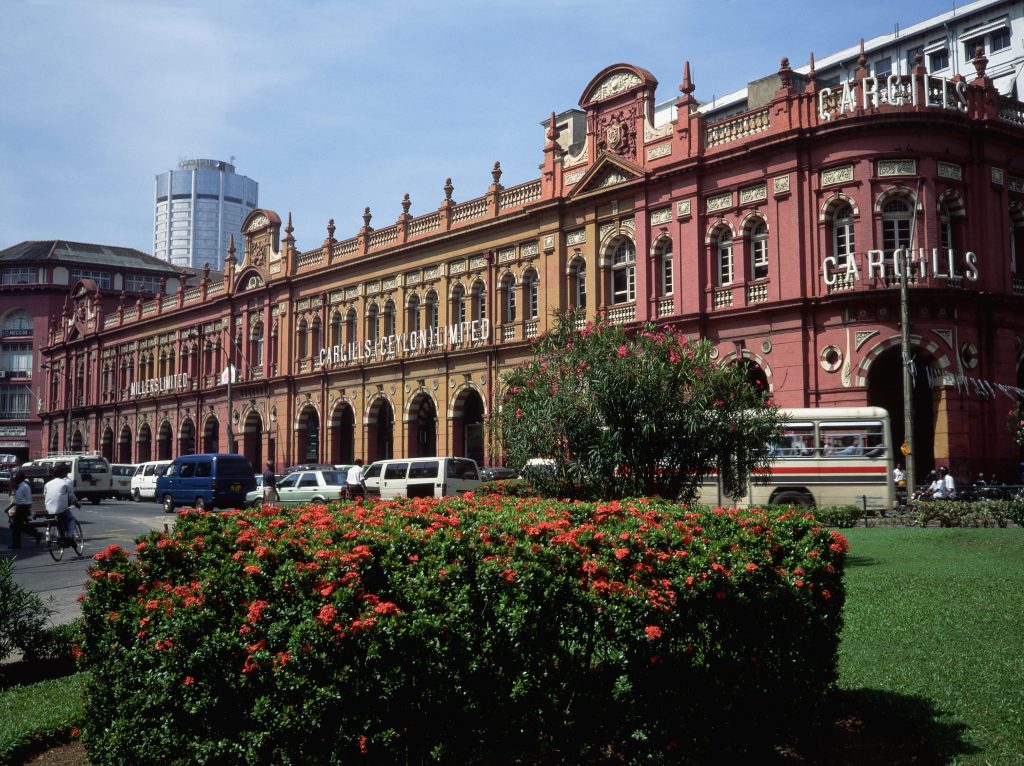
Today’s low-rise suburb, however, is quite unlike that description. The unplanned road network arising out of arbitrary land subdivision has resulted in a very tight residential fabric. Its informality, though a nightmare to navigate and requiring the aid of a mobile phone, has its own easygoing charm. Remnants of the rampart that once ringed the bottom of the hill remain, and at the Weherakanda Ruins, two stupa-like structures mark the location of either the cremation site of the first king of the city or a Buddhist monastery. One of the older houses in the area, next to the Kotte Archeological Museum, dates in part from the mid-18th century.
The new roads, built on the edges of the marshes and connecting with the open watery vistas, make this part of Colombo a very scenic and liveable area. Starting with the Diyatha Uyana complex, once a golf course but now a public park and seaplane landing strip, all the marsh areas are now being transformed into a giant park and water garden with indigenous planting that is intended to be the serene core of the city.
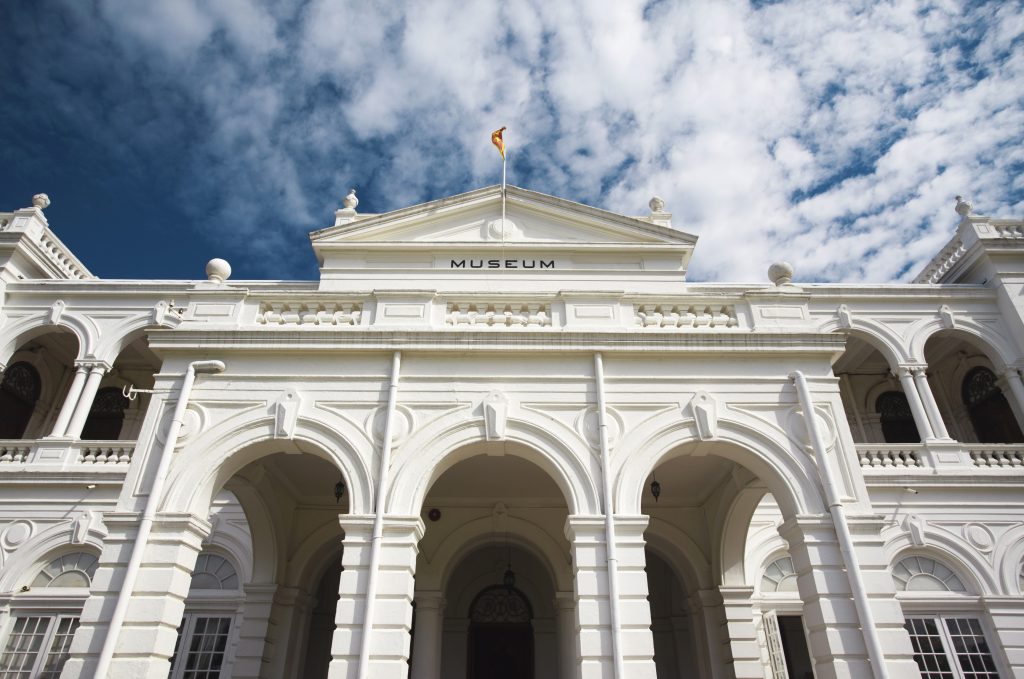
The essence of Colombo for me is the harmony of these two principal areas of the greater city: the energy of the old city of Colombo and the peace and serenity of the ancient but new city of Sri Jayawardenepura. The contrast is palpable as one approaches via its main access from Colombo, when suddenly, the vistas open up to endless views over water and greenery. Notwithstanding the congested small trading centres and ill-designed urban residential areas confined mostly to the low hills surrounding the low-lying lakes and marshes, this reprieve makes the energy of Colombo even more satisfying.
In a twist of fate, Sri Jayawardenepura, which began its growth at the expense of Colombo 600 years ago, now begins to draw strength from the other’s existence, both literally as a residential area for its citizenry and metaphorically as an alter ego of itself.
Landing at the waterdrome at Waters Edge Park one afternoon, after a 20-minute flight from Kandy, the last pre-colonial kingdom, I walked across what was once the first hole of the golf course to the Long Bar at Waters Edge for a drink, before hailing a tuk-tuk for the short ride to my house across the lake, and felt lucky to have had this easygoing place chosen for me as my city.
For more stories and photos, check out Asian Geographic Issue 112.




